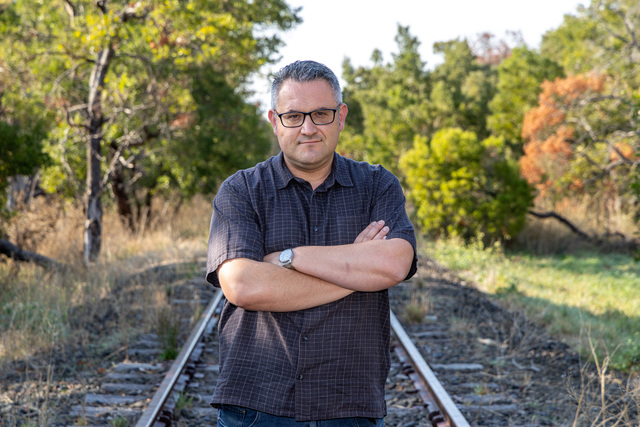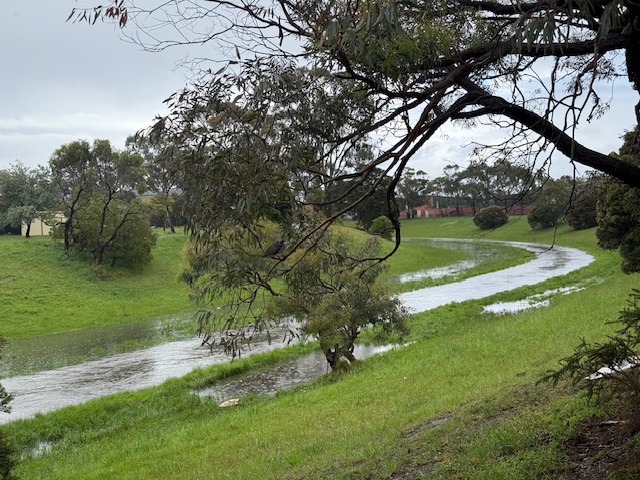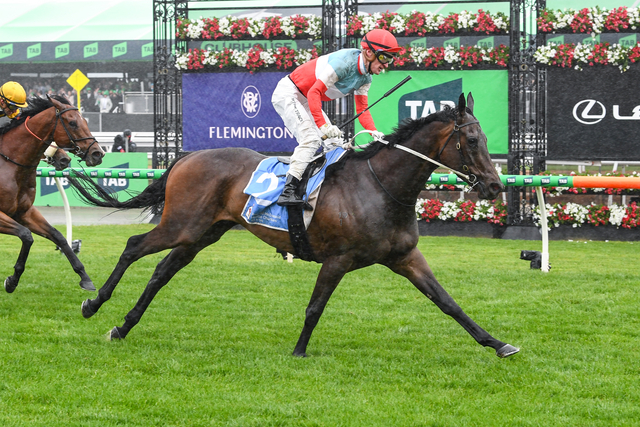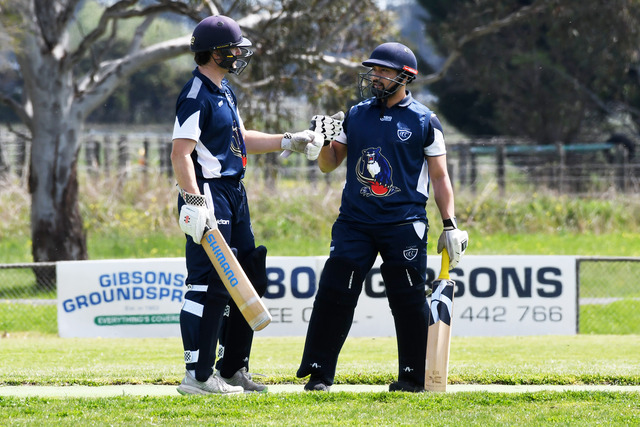The 12-month term of Casey Council’s State appointed municipal monitors, Peter Stephenson and Cameron Boardman came to an end on November 6.
The monitors were appointed by the State government to oversee the council in ensuring good governance under the Local Government Act 2020.
According to the Act, the monitors observe governance processes and report back on issues, provide advice to councils that are experiencing governance issues and make recommendations to the Minister for further action.
The role also includes observing and overseeing the functions of a council as well as the mechanisms of its operation and aiding them in getting back on track.
The monitors will now provide a report to the local government minister, MP Nick Staikos who will decide what happens next.
It is unclear when this report will be made public.
When State Monitors are assigned to a council, local levels in governance are expected to pay for the cost, meaning the salary and associated costs are covered by ratepayers.
At the beginning of the monitor’s term, Star News reported that ratepayers would be charged $1335 a day plus expenses for the monitors.
In a statement released by the council, Mayor Stefan Koomen said that over the last 12 months, the twelve councillors have “worked hard to re-build trust, strengthen governance, and reconnect with our community”.
“From day one, we’ve been committed to improving transparency in our decision-making,” said Koomen.
“We have made it a priority to listen and respond to the needs of our residents.
“This marks the beginning of a new chapter for Casey. We are proud to serve our community. With the support of our residents, we are excited about the many great things we can achieve for the Casey community.”
Anthony Tassone, Vice-president of Casey Ratepayers and Residents Association (CRRA) also says that the end of term of municipal monitors marks a “new chapter for the City of Casey”.
“[A new chapter] where our elected councillors can now get on with representing the community without state-appointed supervision, and where ratepayers no longer have to foot the bill for daily oversight.”
For context, back in 2020, the previous council including former Mayor Sameh Aziz and fellow elected councillors were dismissed by the State Government after allegations of corruption and poor governance.
An investigation began by the Independent Broad-based Anti-corruption Commission (IBAC) and was prompted by allegations of “serious corrupt conduct in relation to planning and property development decisions at the City of Casey council.”
The watchdog investigation, termed Operation Sandon, began in 2017 and allegedly found that there had been over $1 million in political donations from developer, John Woodman, which influenced the decisions of planning and development.
The investigation and revelations prompted the Victorian government to implement reforms to the planning system to increase transparency and accountability.
Back in September, Aziz faced charges for five offences, including receiving secret commissions, misuse of position and misconduct in public office.
Woodman was also charged with giving secret commissions to Aziz between 2017 and 2019.
Until 2024, the council was run by an interim State instituted panel, made up of chairperson Noelene Duff PSM, and administrators Miguel Belmar and Cameron Boardman, who became one of the two monitors.
The three administrators were in place up to the Council elections in October 2024, wherein12 new council members were elected.
One year on, Tassone says that it’s up to the monitors and assessments to decide the “real outcomes” of the current council, but that ultimately, ratepayers are tired of copping the charge.
“Monitors were brought in because of governance failures from a previous council that was dismissed following Operation Sandon – not because of the current group of councillors,” said Tassone.
“They inherited a situation not of their making, and the monitors’ appointment was intended to help ensure good governance and stability during their first year back.
“Whether that intention translated into real outcomes is for others to judge, but what residents do know is that they’ve paid enough already.
“Ratepayers shouldn’t have to fund another layer of bureaucracy to keep watch over elected representatives – that’s what democracy and community scrutiny are for.”
But Tassone also says it’s now up to the new councillors to shape the reinstated local governance.
“As for whether this truly is a ‘new chapter’ – that’s up to the councillors themselves,” says CRRA’s vice-president.
“They are the ones holding the pen now, and it’s their responsibility to properly represent the interests of residents, to lead the organisation, and not the other way around.
“The community expects the council to lead , not to be led by its administration.
“The tail can’t wag the dog.
“The community doesn’t need reassurance from state government spies that councillors are doing the right thing, they expect it.
With the removal of State oversight, he now calls for “ transparency, accountability and sound decision-making, not supervision”.
“The CRRA looks forward to working with and seeing our councillors demonstrate renewed confidence, transparency and independence in every decision they make to best represent our residents.“








